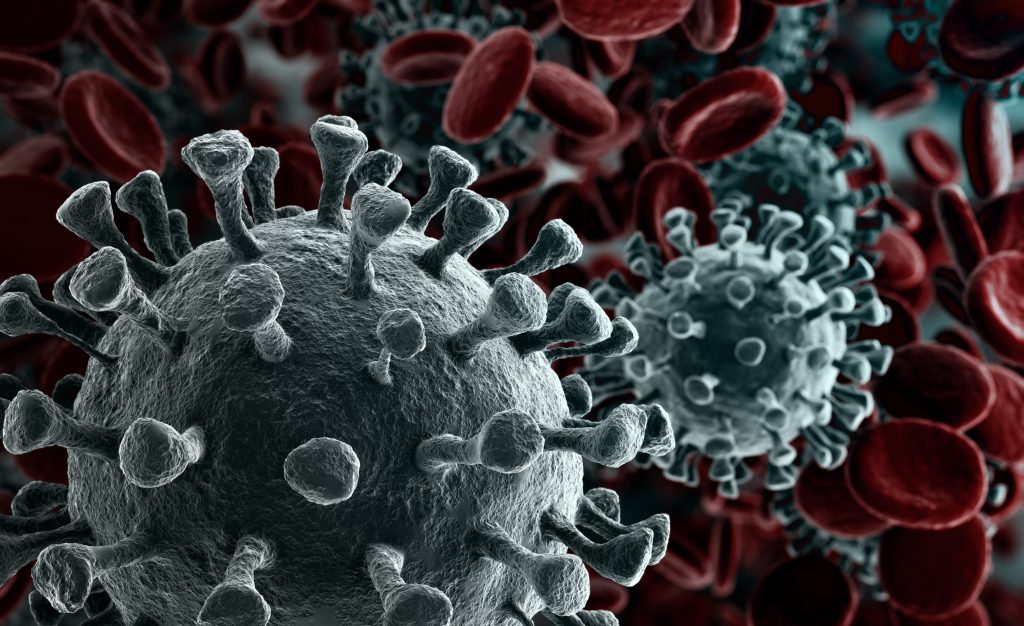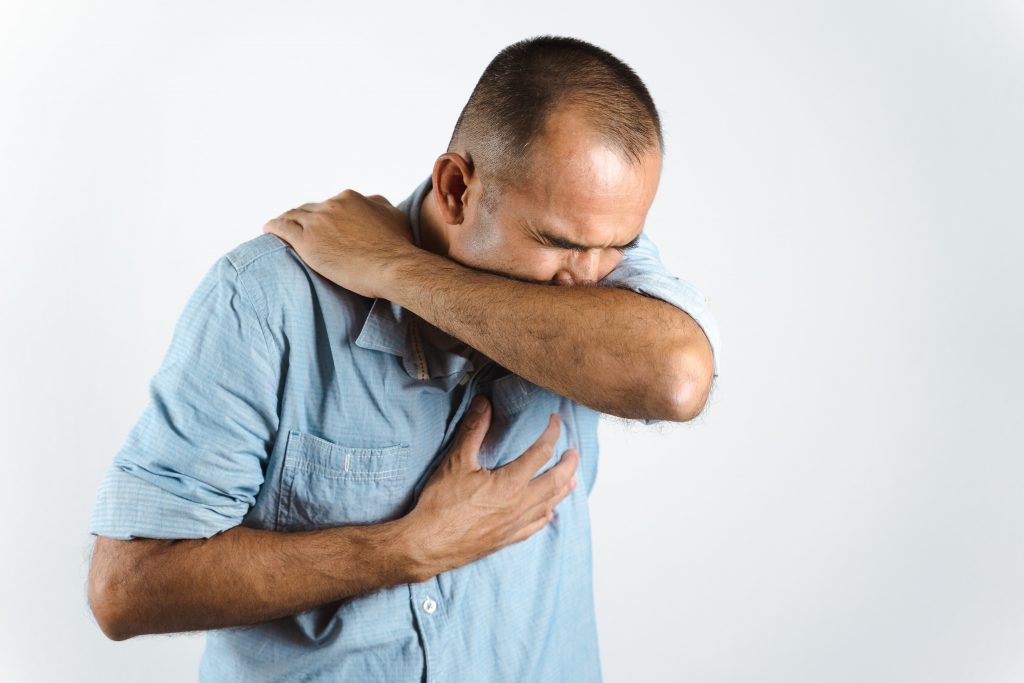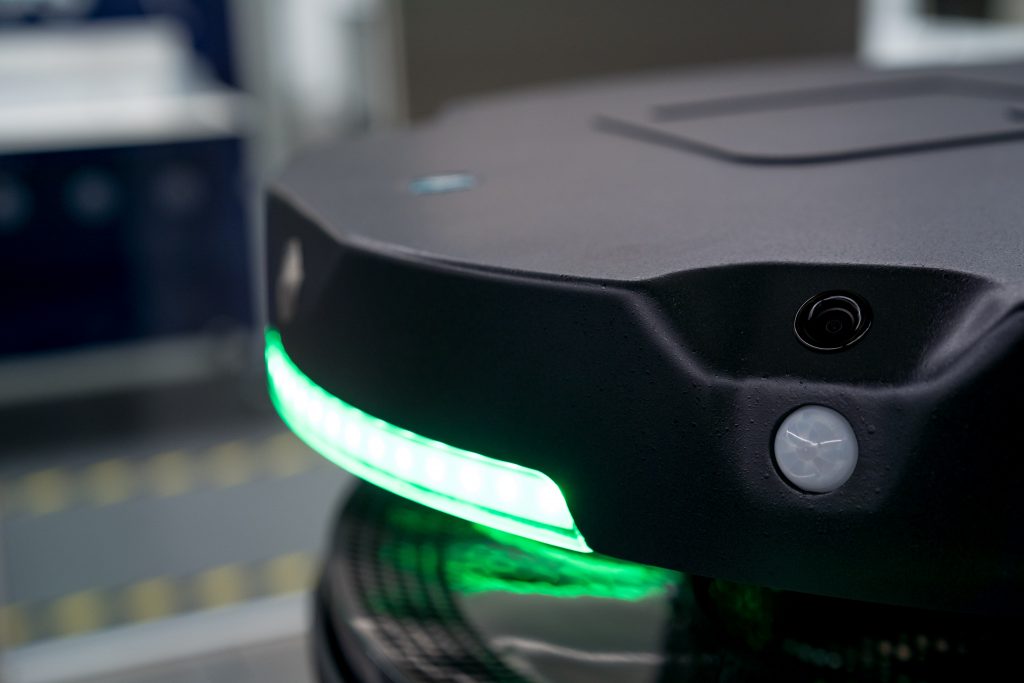
Welcome to the latest instalment of the Inivos Academic Digest for 2021, where our team shares the most interesting and thought-provoking research across microbiology, personal protective equipment (PPE), clinical decontamination, and other aspects concerning infection prevention and control.
Not only do we strive to provide a range of world-class, clinically effective automated decontamination and infection control solutions, we wish to provide a concise overview of current and relevant research. This can help create conversations that have the potential to generate solutions for better healthcare, faster.
Over September, conceptualized systems and protocols for testing the efficacy of decontamination technologies in real-world settings have been formulated and have yet to provide more knowledge on potential alternative decontamination strategies concerning PPE, as well as airborne and surficial pathogens. As such, this article touches lightly upon efficacy concerning hydrogen peroxide and ultraviolet-c (UV-C) decontamination technologies.
Other areas of research cover the transmission and infectivity of SARS-CoV-2, as well as associated variants and patient immunity. It is evident from the literature that long stays in hospitals and prolonged mechanical ventilation can increase the incidence of healthcare-associated infections (HCAI) including infections by multidrug-resistant (MDR) pathogens. Furthermore, as new SARS-CoV-2 variants arise it will be imperative to further research in areas focusing on present vaccine viability, patient immunity, variant characteristics, and potential new antiviral therapeutics.

SARS-CoV-2 and the Incidence of Infection
A retrospective cohort study published in Infection Control and Hospital Epidemiology compared the rates of hospital-onset secondary bacterial infections in patients with coronavirus disease 2019 (COVID-19), influenza, and those testing negative for these viruses (controls). Notably, increased rates of infection-related ventilator-associated complications (IVACs), and probable ventilator-associated pneumonia (PVAP) were found in patients with COVID-19 compared to controls. Rates were similar for IVACs and PVAP for patients with influenza. Bloodstream infections (BSIs) caused by Enterococcus spp were found to be higher in COVID-19 patients than in controls.
In one cross-sectional and retrospective study published in Antibiotics (Basel), epidemiological data and real-time molecular sequencing techniques were employed to detect and identify carbapenemase-producing bacteria (CPB), as well as assess transmission between 2015 and 2020. Across the six-year study, a final sample of 277 episodes of CPB (out of the 320 identified) was recorded. The most frequently isolated CPB was Klebsiella pneumoniae (37.19% of total episodes), followed by Acinetobacter baumannii (23.10%) and Enterobacter cloacae (16.25%). CPB infections were higher during the time of the coronavirus pandemic in 2020 compared to 2019 (47 and 39 infections, respectively).
Another study published in the American Journal of Infection Control investigated the incidence density (ID) of HCAIs caused by MDR bacterial infections pre-COVID and during the pandemic. The MDR infections were significantly different between the baseline years (2017-19) and the peak of the pandemic (2nd and 3rd trimesters, 2020, p<0.001). An increase in the ID of MRSA (Methicillin-Resistant Staphylococcus aureus) and CRAB (Carbapenem-Resistant Acinetobacter baumannii) was observed in intensive care units (ICUs) (46.2%, p=0.040 and 42%, p=0.001, respectively). In overall hospital units a notable increase in the ID for CRAB and MRSA (108%, p<0.005 and 94%, p<0.005, respectively).

SARS-CoV-2 Transmission and Infection Risk
A study published in the journal PloS One attempted to quantify the concentration of SARS-CoV-2 RNA and viable virus in aerosols collected >2m from patients with COVID-19 infection. Aerosol sampling was conducted so that particle size fractions of <2.5μm and <10μm size fractions could be captured. Of 138 aerosol samples, 23 (16.7%) were obtained in ICU rooms, 92 (66.7%) from hospital ward rooms, 15 (10.9%) from rooms in long-term care facilities, and 8 (5.8%) in the correctional institute. Overall, 15.1% of rooms contained viral RNA and no viable virus was detected.
Another study in Environmental Research investigated the presence of airborne SARS-CoV-2 RNA in different hospital units. A calibrated air pump and filtration system were used to collect air samples (n=47) 1.5 m above the ground and 2 m away from COVID-19 patient beds. SARS-CoV-2 RNA was identified in all rooms with COVID-19 patients (mean 2600 copies/m3) with higher concentrations found in the adjacent corridor (mean 4000 c/m3, p<0.01). Means were lower for ICU rooms with COVID-19 patients or in the corridors with rooms for non-COVID-19 patients (190 c/m3 and 180 c/m3, respectively).
One study in BMC Nephrology assessed the risk for indirect patient-to-patient transmission of SARS-CoV-2 through the sharing of chairs in outpatient hemodialysis. A total of 2,379 patients with COVID-19 infection (cases) were included in the analysis and matched to non-COVID controls. Less than 2% of case-control pairs had exposure to a chair previously sat in by a shedding SARS-CoV-2 patient (95 %CI 0.90—0.97%, 1.87 %—1.97%). There was no significant difference in transmission risk between cases and controls (p=0.80). Adjusted and sensitivity analyses showed similar results. This scenario appeared to confer low transmission risk.
One study published in Infection Prevention in Practice investigated the risk of secondary transmission of SARS-CoV-2 between October and December 2020. The investigators identified 575 patients exposed to new cases of SARS-CoV-2 (index cases). A total of 118 (19.5%) tested positive within 14 days of their exposure, with secondary attack rates (SAR) between 0 to 72%. A substantial proportion of these secondary cases 68.6% (81/118) had not been in the same bay as the index case. Results indicate that the risk of transmission is not necessarily more pronounced in situations of proximity and prolonged exposure.

SARS-CoV-2 Variants and Virulence
A multicentre study from BMJ Open Respiratory Research investigated potential associations between the SARS-CoV-2 lineage B.1.1.7 and the outcomes of mortality and intensive therapy unit (ITU) admission both in patients admitted with COVID-19 and hospital-onset COVID-19 infections (HOCIs) in the COG-UK-HOCI study. Researchers did not observe an overall increase in mortality or ITU admission associated with B.1.1.7 compared with other viral lineages. An analysis of sex-specific effects unveiled that women with B.1.1.7 may be at an increased risk of admission to intensive care and modestly increased risk of mortality.
A report from BMC Infectious Diseases details a case wherein two genetically distant strains of SARS-CoV-2 were detected in a 90-year old patient during the same disease presentation. The patient took two tests (which both tested positive) within eight days of each other and symptoms worsened quickly with death following 5 days of ICU treatment.
It was concluded that the two SARS-CoV-2 strains may have led to the rapid progression of the patient’s disease and death. The development of this kind of research could provide insights into the molecular epidemiology of COVID-19 and help identify mutations that enhance the virulence and fitness of SARS-CoV-2.
One study in Science Advances assessed the recognition of three SARS-CoV-2 variants of concern (VOCs) (B.1.1.7, B.1.351, and P.1) in cohorts of COVID-19 convalescent patients (n=69) and recipients of the Pfizer-BioNTech vaccine (n=50). Spike binding and neutralisation was markedly reduced against the three VOCs in most individuals with the largest reduction observed against B.1.351. Hospitalised COVID-19 patients and vaccinees maintained sufficient neutralising titres against the three VOCs. Non-hospitalised patients (39%) exhibited no detectable neutralisation against B.1.351. Binding kinetics and neutralising potential of monoclonal neutralising antibodies were reduced for two of three VOCs.

UV-C and Hydrogen Peroxide Decontamination Efficacy
A two-part study in Antioxidants (Basel) investigated the viricidal efficiency of gaseous ozone treatment and hydrogen peroxide fumigation against surficial SARS-CoV-2 surrogate under field conditions with application of low and high relative humidity. Vaporisation with 7.3% hydrogen peroxide (H2O2) presented a more favourable virucidal performance than ozonation in a similar experimental setup. The highest inactivation rate corresponded to 3.25 log10TCID50/mL reduction observed at 30 minutes during the application of vaporised H2O2.
In a scoping review in the Journal of Photochemistry and Photobiology, 13 studies were selected from a total of 475 which included reliable methodology, detailed information concerning the UV-C system to allow calculation of light parameters and quantitative results for SARS-CoV-2 inactivation. All 13 studies reported high levels of in vitro virus inactivation (90% to 100%) depending on UV-C light parameters and/or the material evaluated. Notably, SARS-CoV-2 was not efficiently inactivated when present on wood. Although the review advocated the use of UV-C in combating COVID-19 on surfaces, future studies should focus on the virus’ inactivation in aerosols and uninhabited environments.




